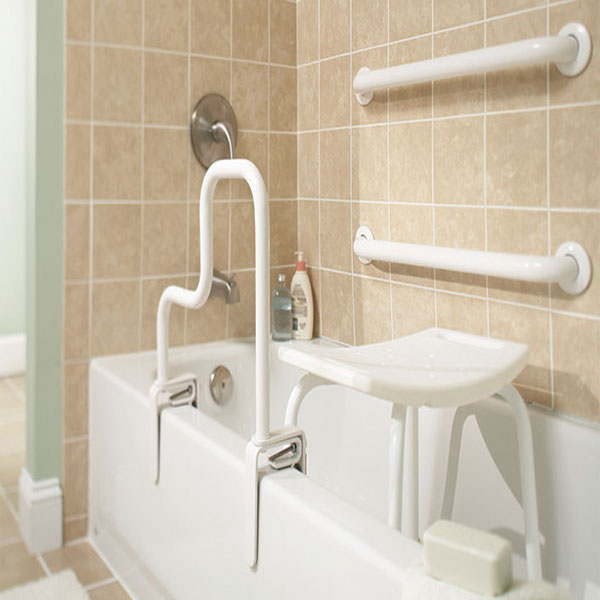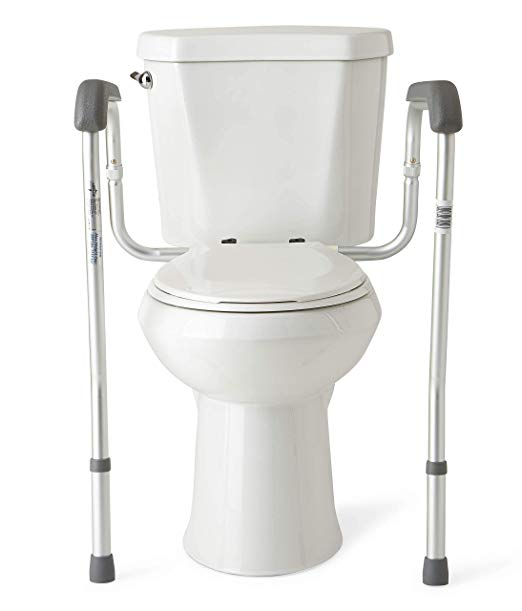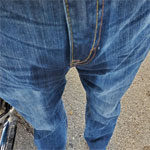 Thrift store for gently used/new medical equipment and supplies.
Thrift store for gently used/new medical equipment and supplies.
Medcy Inc. DBA Medcy.org
Corporate: 905 Cypress Station Dr. I14
Houston, TX 77090
United States
ph: 832-795-8689
info
THE COST
OF CARE
Making Bathrooms Safer for Seniors

The Bathroom is one of the most dangerous places in the home especially for elderly and disabled people. With a slippery surface, there stands a chance an elderly person and those with limited mobility can slip and fall.
According to the U.S. Centers for Disease Control and Prevention:
One in four Americans aged 65+ falls each year, every 11 seconds, an older adult is treated in the emergency room for a fall; every 19 minutes, an older adult dies from a fall, falls are the leading cause of fatal injury.
Stability can be easily improved so as to reduce the risk of injuries and prevent falling, by just making some simple modifications in your bathroom. Home modifications like adding a non- skid rubber backed mat for when you step out of the tub. Sitting down and standing up can cause dizziness or unsteady balance for seniors because of changes in blood pressure. Add a grab bar, they are designed to assist you in balancing and shifting your weight in and out of the bathroom area. If you have back or knee problems, sitting on a toilet can be difficult. To reduce discomfort, install an elevated toilet seat on top of the existing seat.
With these bath safety aids in your home, it becomes easy to convert the most dangerous room into the safest one.

Understanding Incontinence
 When the bladder fills up with urine, it sends a signal to the brain that it’s time to pee. People urinate five to 10 times a day on average. About 50 percent of women and 25 percent of men suffer from bladder incontinence, a loss of bladder or bowel control. Only 1 in 5 men with symptoms is likely to seek care. In men, incontinence can be brought on by medical conditions like an enlarged prostate, diabetes, and Parkinson's disease. Imagine your husband going through 10-12 incontinence briefs per day.
When the bladder fills up with urine, it sends a signal to the brain that it’s time to pee. People urinate five to 10 times a day on average. About 50 percent of women and 25 percent of men suffer from bladder incontinence, a loss of bladder or bowel control. Only 1 in 5 men with symptoms is likely to seek care. In men, incontinence can be brought on by medical conditions like an enlarged prostate, diabetes, and Parkinson's disease. Imagine your husband going through 10-12 incontinence briefs per day.
Incontinence supplies can easily cost well over $200 to $300 per month at a minimum. Usually insurance doesn’t cover the cost of incontinence supplies or care. There are several types of incontinence: stress incontinence,- urge incontinence, mixed incontinence and overflow incontinence. Incontinence is almost always treatable. People often suffer through their incontinence without seeking help because of the embarrassment.
Some lifestyle changes can help to better manage incontinence, depending on the type of incontinence the person has: Limit or avoid soda, caffeine, and alcohol, space out your fluid intake during the day. Avoid spicy or acidic foods . Wear loose cotton underwear and loose clothing to prevent infection and irritation. Practice Kegel exercises to strengthen pelvic floor muscles. Maintain a healthy weight . Stick to a bathroom schedule until there is a regular 3-hour gap.
Incontinence care isn’t just the cost of the product. It’s the cost of the product itself, the cost of gloves, barrier creams, lotions, cleansing wipes, and other moisture related products, frequent loads of laundry, linen changes and trash/waste, incontinence related falls and Urinary Tract Infections (UTIs), and emotional burdens like interrupted sleep and reduced quality of life.
Awareness must be made on this issue that has the potential to affect millions of people.
Still have questions? Please contact us anytime! We look forward to hearing from you.
Copyright 2020 Medcy Inc. All rights reserved.
Medcy Inc. DBA Medcy.org
Corporate: 905 Cypress Station Dr. I14
Houston, TX 77090
United States
ph: 832-795-8689
info